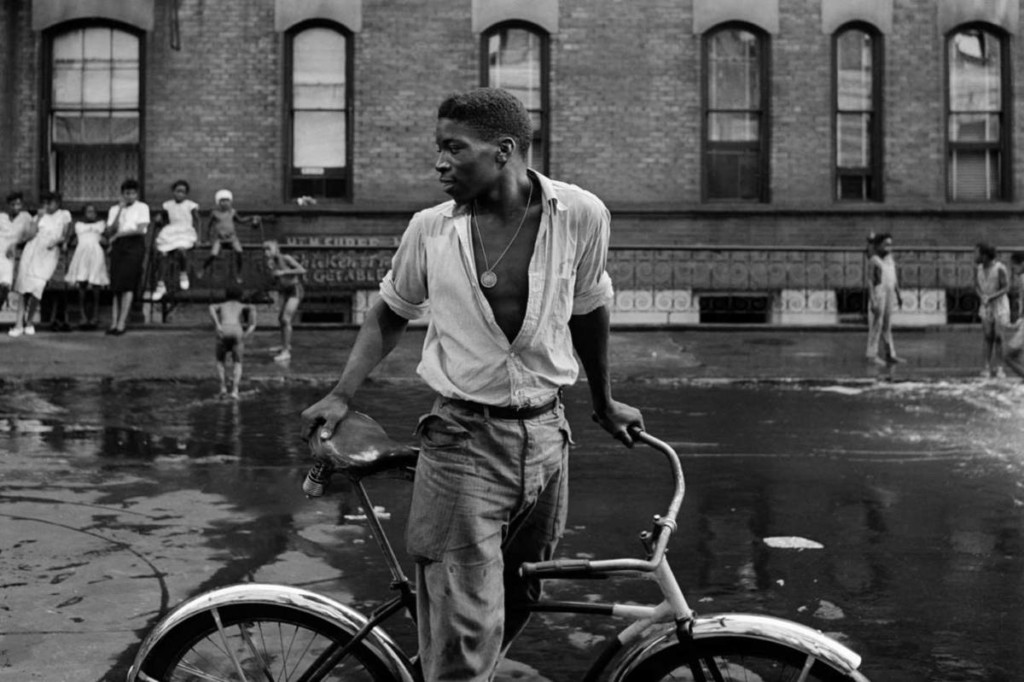Some Of Framing Streets
Some Known Details About Framing Streets
Table of ContentsThe Ultimate Guide To Framing StreetsFraming Streets - An OverviewThe Best Guide To Framing StreetsFraming Streets Things To Know Before You Get ThisThe 6-Minute Rule for Framing StreetsSome Known Incorrect Statements About Framing Streets
, normally with the objective of capturing photos at a definitive or poignant minute by mindful framing and timing. https://medium.com/@davidturley33101/about.
Framing Streets Can Be Fun For Anyone
Susan Sontag, 1977 Street digital photography can concentrate on individuals and their behavior in public. In this regard, the street professional photographer is similar to social docudrama professional photographers or photojournalists that also work in public locations, but with the aim of recording newsworthy events. Any one of these photographers' pictures might record people and residential property noticeable within or from public places, which usually involves navigating ethical problems and legislations of privacy, safety and security, and residential or commercial property.
Depictions of day-to-day public life create a category in virtually every duration of globe art, starting in the pre-historic, Sumerian, Egyptian and very early Buddhist art periods. Art handling the life of the road, whether within views of cityscapes, or as the leading motif, appears in the West in the canon of the North Renaissance, Baroque, Rococo, of Romanticism, Realistic look, Impressionism and Post-Impressionism.
The Only Guide for Framing Streets
Louis Daguerre: "Boulevard du Holy place" (1838 or 1839) In 1838 or 1839 the initial picture of numbers in the road was taped by Louis-Jacques-Mand Daguerre in one of a pair of daguerreotype sights taken from his studio home window of the Blvd du Temple in Paris. The second, made at the height of the day, shows an uninhabited stretch of street, while the various other was taken at concerning 8:00 am, and as Beaumont Newhall records, "The Blvd, so regularly filled up with a relocating throng of pedestrians and carriages was completely solitary, except a person who was having his boots brushed.
As a result his boots and legs were well defined, however he is without body or head, since these were in movement." Charles Ngre, waterseller Charles Ngre. https://penzu.com/p/454a0d4b3b5b7826 was the very first photographer to obtain the technical elegance required to register individuals in motion on the street in Paris in 1851. Digital Photographer John Thomson, a Scotsman functioning with journalist and social lobbyist Adolphe Smith, published Street Life in London in twelve month-to-month installments starting in February 1877
Get This Report about Framing Streets
Eugene Atget is considered as a progenitor, not since he was the first of his kind, yet as an outcome of the popularisation in the late 1920s of his document of Parisian roads by Berenice Abbott, that was inspired to carry out a comparable documents of New york city City. [] As the city developed, Atget assisted to promote Parisian roads as a deserving topic for photography.

A Biased View of Framing Streets
The chief Mass-Observationists were anthropologist Tom Harrisson in Bolton and poet Charles Madge in London, and their very first report was produced as link the book "May the Twelfth: Mass-Observation Day-Surveys 1937 by over two hundred onlookers" [] Window cleaner at Kottbusser Tor, Berlin, by Elsa Thiemann c. 1946 The post-war French Humanist College professional photographers located their subjects on the street or in the diner. Andre Kertesz.'s widely admired Images la Sauvette (1952) (the English-language edition was entitled The Crucial Moment) advertised the idea of taking an image at what he described the "crucial minute"; "when type and web content, vision and structure merged right into a transcendent whole" - Best Zoom Lens.
The Buzz on Framing Streets
, after that an instructor of young children, linked with Evans in 193839.'s 1958 book,, was considerable; raw and usually out of emphasis, Frank's photos questioned traditional photography of the time, "tested all the formal policies laid down by Henri Cartier-Bresson and Pedestrian Evans" and "flew in the face of the wholesome pictorialism and wholehearted photojournalism of American publications like LIFE and Time".